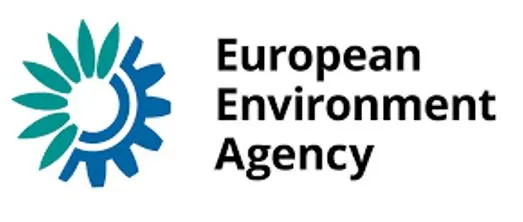

States across the US are witnessing intensified climate change through rampant wildfires, stronger storms, and deadlier floods. While symptoms of climate change grow larger, insurers begin to reel back coverage for several states. States including Louisiana, California, and Florida have been most affected. Most recently in June, Farmers Insurance announced it will no longer write new property insurance policies in Florida. State Farm, California’s largest homeowner’s insurer, announced a moratorium on new policies, due to “rapidly growing catastrophe exposure.” This does not mean that insurers will never write policies or operate in the state again but understood as a way for insurers to negotiate on premium charges and what factors they can weigh.
Ping An Bank, a subsidiary of Ping An Insurance (Group), has announced a 180 million yuan (US$25 million) loan agreement to help fund a pilot carbon-capture project of Baotou Iron and Steel Group, based in China’s Inner Mongolia autonomous region. It is the first carbon capture, utilization, and storage (CCUS) project “encompassing the whole [supply] chain of China’s steel industry,” with a total annual processing capacity of 2 million tons of waste gas when completed. The project also aims to reduce 365,300 tons of CO2 per year. The global steel industry was responsible for 7.5% of global carbon emissions in 2021, which is about 2.75 billion tons of CO2.
Provisional data coming from the European Environment Agency, are showing that the average CO2 emissions of news cars registered in Europe in 2022 reached new lows, down 27% from 2019 levels.  This is due to stricter emission targets enforced in 2020 and the rise in popularity of EVs. The average CO2 emissions of the 1 million new vans registered in the EU were 185.3g CO2/ km, which is 4.1% below 2021 levels and a 9% improvement compared to 2019. The main contributing factor to this decrease in emissions is in large part due to the 23% of the new car market being EVs, up from 19% in 2021. For the EU to achieve net neutrality by 2050, a 90% reduction in transport emissions will be needed.
This is due to stricter emission targets enforced in 2020 and the rise in popularity of EVs. The average CO2 emissions of the 1 million new vans registered in the EU were 185.3g CO2/ km, which is 4.1% below 2021 levels and a 9% improvement compared to 2019. The main contributing factor to this decrease in emissions is in large part due to the 23% of the new car market being EVs, up from 19% in 2021. For the EU to achieve net neutrality by 2050, a 90% reduction in transport emissions will be needed.
EU Faces a “cliffhanger” vote next month on a plan to beef up the restoration of nature in the 27-nation bloc that was damaged during decades of expansion. The plans proposed by the EU’s executive commission set binding restoration targets for specific habitats and species, with the aim by 2030 to cover at least 20% of the region’s land and sea areas. The bill is a key part of the EU’s vaunted European Green Deal that seeks to set the globe’s best climate and biodiversity targets and make the bloc the point of reference on all climate issues. Pushback against the plan claims that it will be bad for embattled farmers and put food security as risk at a time of war in the Ukraine. If parliament rejects the plan, the bill would have to be fully reworked but does have support from the EU governments.
Learn more about individual US Sectors at Regulatory Information By Business Sector
Learn new ideas, establish valuable relationships, and refine your company's strategy at ARC’s Upcoming Forums.

